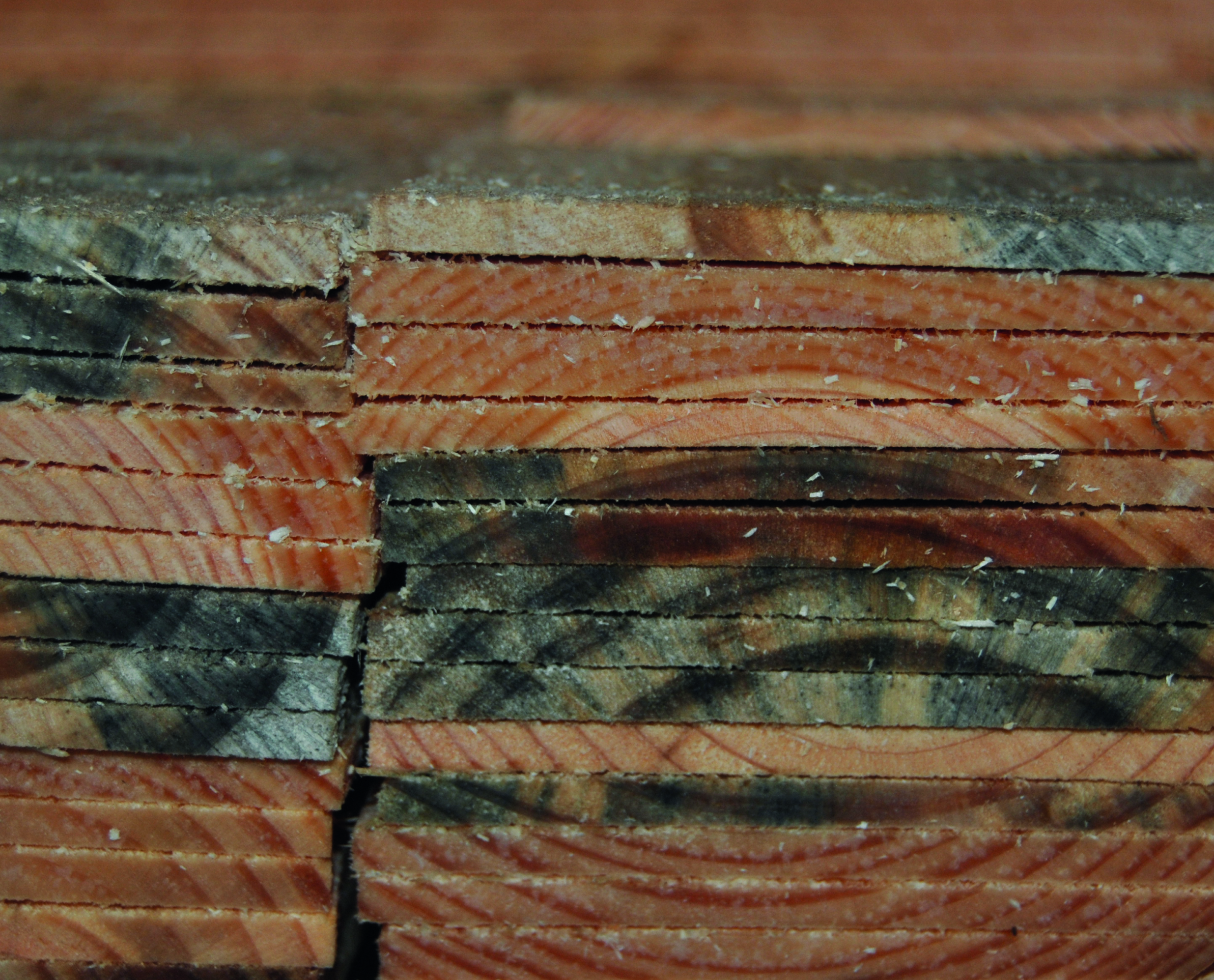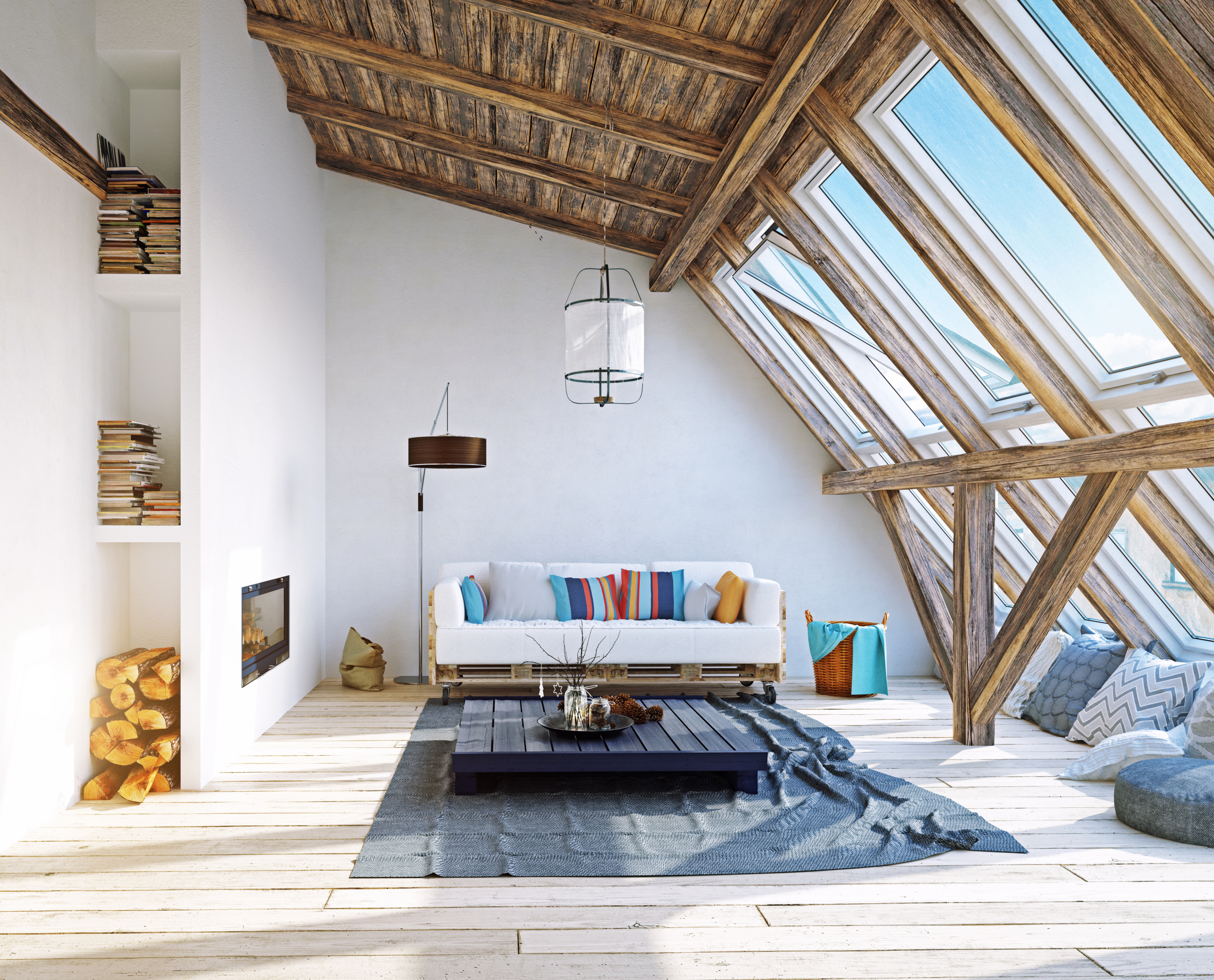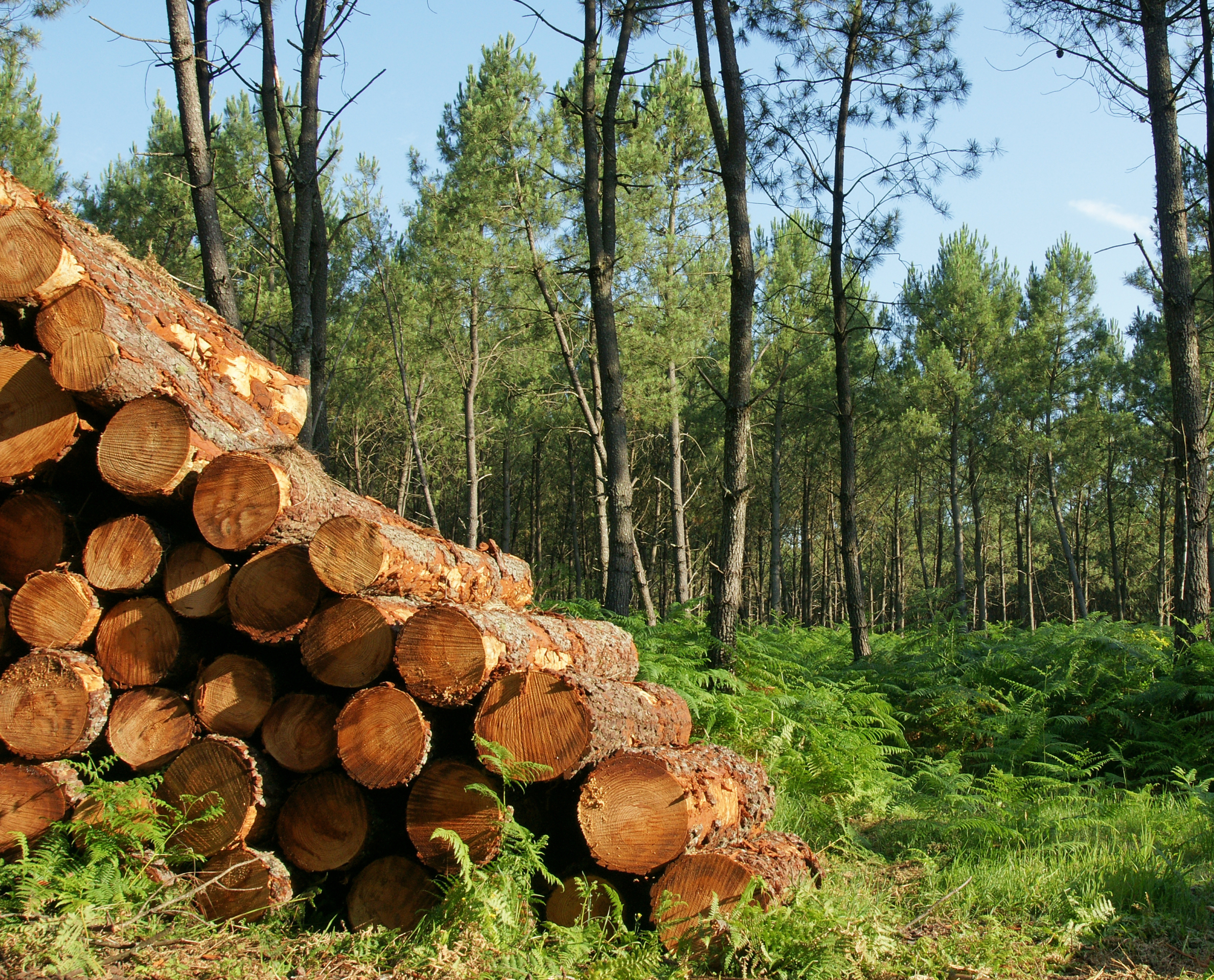Wood blueing: Causes, consequences and treatment

Wood is a material appreciated for its esthetic, functional qualities and versatility of use. Nevertheless, like most natural materials, wood is prone to developing certain pathologies that can alter its properties. Wood blueing is a phenomenon commonly encountered by wood processing manufacturers. This process compromises its esthetics and value. In this article, we’ll look at the causes, consequences and treatment solutions adapted to overcome wood blueing.
What is wood blueing?
Wood blueing is characterized by the appearance of discoloration caused by the appearance of lignicolous fungi belonging to the Ascomycetes class. Since these microorganisms have the particularity of not degrading the cellular constituents of the wood, the initial mechanical properties are preserved. However, wood blueing fungi produce pigments that stain the attacked wood in a shade that can vary from blue to black.
Factors conducive to wood blueing
Freshly sawn or poorly stored wood is particularly affected by this phenomenon because it combines all the factors conducive to the development of blueing fungi. The three main factors that facilitate proliferation are the presence of oxygen, high moisture levels and moderate temperature. Although the mechanical properties of wood are not degraded, other damage is nevertheless significant.
Consequences related to wood blueing
Wood discoloration
Bluish wood shows a discoloration that can be described as unsightly when the desired use requires a raw and natural appearance of the wood. Therefore, for certain uses where the appearance of wood is crucial, bluish wood will not be preferred.
Reduced wood value
When the wood is bluish, its market value is significantly reduced. As wood is pathologically affected, it loses quality and will therefore be sold at a reduced cost compared to uninfested wood.
Sensitivity to the development of lignivorous fungi
Although mechanical strength is not affected, bluish wood is nevertheless more vulnerable to the appearance of lignivorous fungi. Blueing increases the permeability of wood and changes its surface properties. This means that moisture is more easily absorbed, facilitating the development of fungi.
Anti-blue stain treatments
Anti-blue stain treatments are chemical solutions designed to prevent the appearance of fungi responsible for blueing wood. These fungicidal solutions provide great protection for treated wood without compromising their mechanical properties. Anti-blue stain treatments are generally applied to freshly sawn wood or before storage. This is usually the time when wood is most vulnerable to the development of this type of fungus.
AXIL® range of anti-blue stain treatments
Designed for manufacturers and professionals in wood processing, AXIL® range preventive solutions protect wood and its derivatives. They enhance the protective performance of wood and improve its resistance to degradation factors. Among all the solutions proposed, a range of anti-blueing products has been developed. Made after the saw falls, AXIL® range of the anti-blue stain treatments can be applied using a variety of methods (soaking, spraying and impregnation) suitable for most industrial processes.




